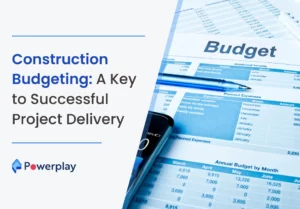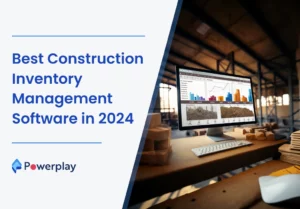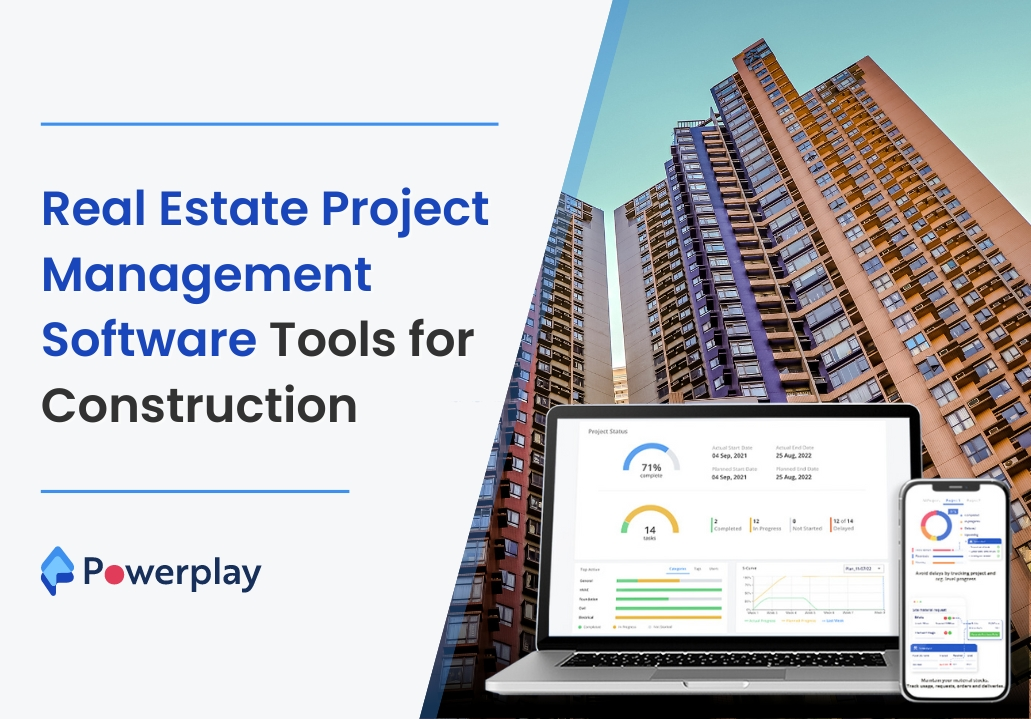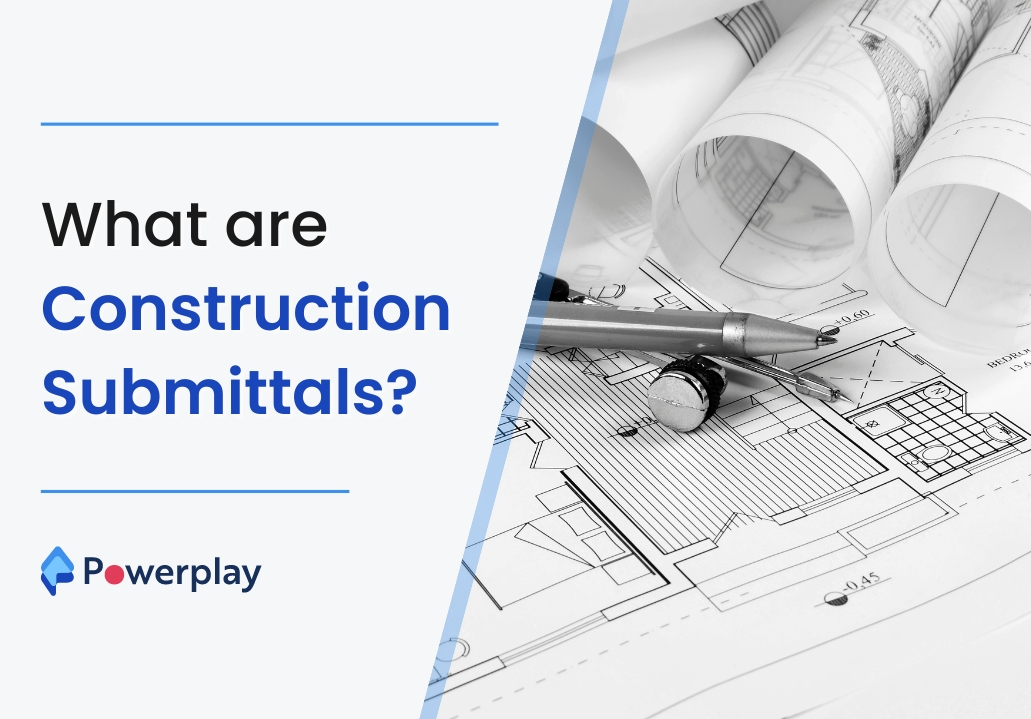What are the stages of construction management?
-
Kumar Abhishek Anand
- October 12, 2023
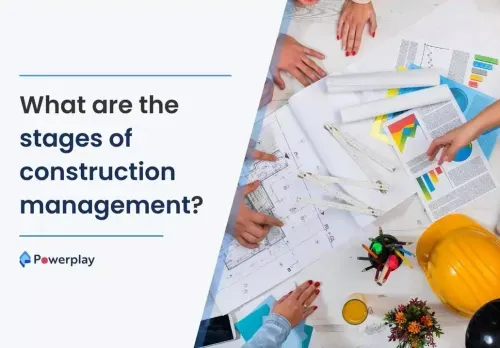
Construction project management is a process to attain the ultimate goal of a fully-fledged project delivered to the owner within a specified timeline. It includes highly complex tasks which require experienced management and skills for execution.

Communication among project employees, deep knowledge of the building process, and problem-solving ability are the required skillsets for successful project execution. Construction project management involves a list of steps, which requires knowledge in many different areas like finance, mediation, law, business, and more.
To complete a construction project Project Management Body Of Knowledge from Project Management Institute has set up distinct stages for specific completion of work which takes care that every particular task is carried out properly so it adds to the advancement of the project correctly.
Table of Contents
ToggleWhat are the 5 stages of construction management?
The 5 stages of construction project management are:

1. Initiation
Define project goals
Create a business case
Complete the project charter
Draw up the list of stakeholders
2. Planning
Define scope
Create a project plan
Set a budget baseline
Define roles and responsibilities
3. Execution
Allocate project resources
Manage project resources
Build the product or process
Meet often and fix the issues as they arise
4. Monitoring and control
Track effort and cost
Monitor project progress
Ensure adherence to plan
Prevent any chance of disruption
5. Completion
Handover deliverables
Review project deliverables
Get project results approved
Document project learnings
1. Initiation
A project begins by formulating an idea into a strategy to accomplish a set of objectives. The project objectives are established in a way that it is possible to achieve them in the framework of the project. Special care is needed while ensuring that the duration to accomplish the project objectives is planned and realistic.

When an idea originates, the research work to formulate the resources required and the procurement of resources is carried out. The business idea is kept in front of the board members and the business opportunity is explained. A project charter is maintained where each detail of the project, financial aspects, hiring of project manager, duration. Prominent stakeholders in the project are allocated appropriate designations in the project.
Good communication between the project designer, project manager, and the stakeholders improves every notable stakeholder’s knowledge of the project and assists in resolving difficulties effortlessly. Contract documents, design schematics, and feasibility are the three crucial aspects of the project design which require efficient management.
2. Planning
Planning is the most crucial phase of construction management in which every minor detail of the project process is planned. Each technicality is looked at closely, a working map is drafted, a work schedule is designed and regular meetings are scheduled to discuss project execution and progress.

Setbacks to the project development are looked into by concerned personnel. Solutions are worked upon while planning for the project is on. Testing systems to check the quality of the project is installed on the project site. Other successive steps in planning include project planning, scheduling, examining for any unexpected situation at the site, gathering materials, selecting a construction project management software, and forming a project team and worker base.
The construction project team comprises construction workers categorized into mason, housekeeping, plumbers, carpenters, painters, and logistics workers. Also, safety in-charge, storekeeper, electrician, foreman, and construction expeditors are members of the construction project team headed by the job supervisor.
Goals set should be smartly analyzed by the project manager as it helps in reducing risk and makes it realistic and achievable. Stakeholders should be kept accountable for changes being made in the project as it increases communication and also discards any short confusion which could delay the project.
3. Execution
With all the planning done, materials acquired, machinery set up, blueprints made and work team selected comes the real job of executing the plans made on paper. A lot of effort is required to keep up the execution on the ground parallel with the planning.

Exceptional efforts, good communication and planning with workers are also necessary to keep the project on track. Concerning plans, the project manager acts as the most crucial bridge between the workers and the planning commission. Risk assessment before executing a plan is necessary as it diminishes the chances of mistakes and unforeseen problems. Even if some issues do occur, the risk assessment team comes up with an instant solution.
On-ground construction works are done simultaneously because of which one construction team has to wait for the other team to complete their project activities. It leads to a waste of time and resources and can increase the project expense or even push the deadline for completion. Poor scheduling is mainly responsible for such delays, so proper scheduling must be done before the project execution.
4. Monitoring and control
Construction Project execution requires close monitoring control to execute it effectively. Therefore, ensure that the execution stage and monitoring stage run parallel to each other.

The importance of monitoring and control is evident from the fact that even a slight mistake or error at a construction site can be expensive. If not stopped within its limits, it can affect the tasks in line as errors at construction sites are almost irreversible.
Monitoring the project gives a clear view of the project’s progress and assists in sticking to the proposed schedule and restricts extra costs. It also allows us to keep track of the project and document it for assistance in future projects.
5. Completion
The completion or wrap-up phase is the final stage of a project. In this phase, the project manager successfully delivers the project to the owner with all terms and conditions specified. Activities like final bill clearance, contract termination with companies or personnel hired for the specific work in the project, documentation of the whole project for future references, and preparation of closeout documents like manuals and stipulated warranties, are the major constituents of this stage.
Finally, a detailed review of the project discussing the challenges faced during the project’s progress is carried out and the project is handed over to the owner.
Share
Kumar is a digital content professional with more than 2 years of experience in Blog writing, copywriting and scripting. His passion lies in the art of creating convincing content that plays a major role in converting leads for SAAS businesses.
